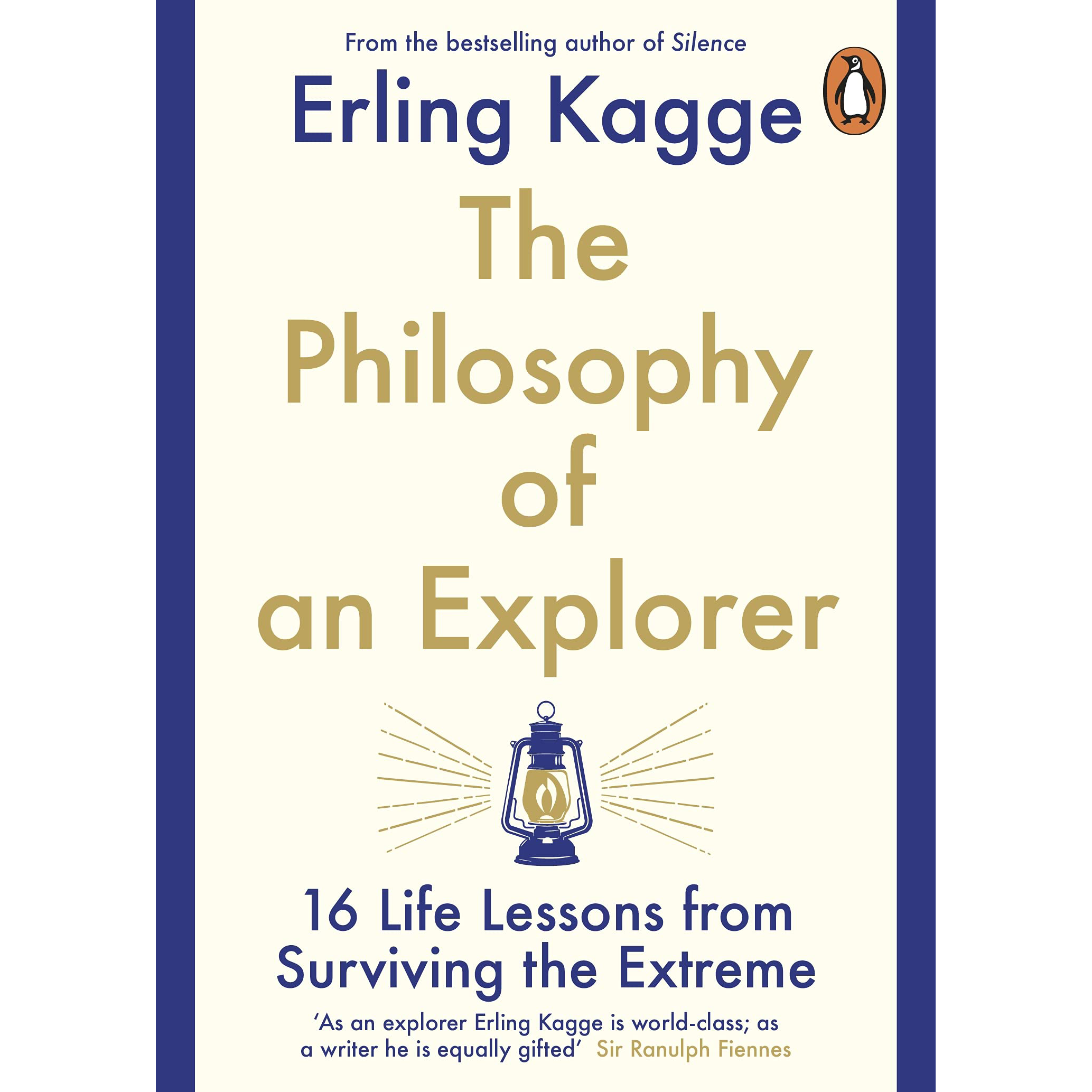 Image 1 of
Image 1 of


Cunning Folk
Cunning Folk: Life in the Era of Practical Magic | By Tabitha Stanmore
It’s 1600 and you’ve lost your precious silver spoons, or maybe they’ve been stolen. Perhaps your child has a fever. Or you’re facing trial. Maybe you’re looking for love or escaping a husband. What do you do?
In medieval and early modern Europe, your first port of call might have been cunning folk: practitioners of ‘service magic’.
Neither feared (like witches), nor venerated (like saints), these people were essential: a ubiquitous presence at a time when the supernatural was surprisingly mundane and a cherished everyday resource. We meet lovelorn widows, selfless healers and renegade monks; we listen in on Queen Elizabeth I’s astrology readings and track treasure hunters who try to keep peace with fairies. Much like us, premodern people lived in bewildering times, buffeted by forces beyond their control – and their faith in magic has much to teach us about how we accommodate ourselves to the irrational in our allegedly enlightened lives today.
Charming in every sense of the word, Cunning Folk is an immersive reconstruction of a bygone world and a thought-provoking commentary on the beauty and bafflement of being human.
Cunning Folk: Life in the Era of Practical Magic | By Tabitha Stanmore
It’s 1600 and you’ve lost your precious silver spoons, or maybe they’ve been stolen. Perhaps your child has a fever. Or you’re facing trial. Maybe you’re looking for love or escaping a husband. What do you do?
In medieval and early modern Europe, your first port of call might have been cunning folk: practitioners of ‘service magic’.
Neither feared (like witches), nor venerated (like saints), these people were essential: a ubiquitous presence at a time when the supernatural was surprisingly mundane and a cherished everyday resource. We meet lovelorn widows, selfless healers and renegade monks; we listen in on Queen Elizabeth I’s astrology readings and track treasure hunters who try to keep peace with fairies. Much like us, premodern people lived in bewildering times, buffeted by forces beyond their control – and their faith in magic has much to teach us about how we accommodate ourselves to the irrational in our allegedly enlightened lives today.
Charming in every sense of the word, Cunning Folk is an immersive reconstruction of a bygone world and a thought-provoking commentary on the beauty and bafflement of being human.
Cunning Folk: Life in the Era of Practical Magic | By Tabitha Stanmore
It’s 1600 and you’ve lost your precious silver spoons, or maybe they’ve been stolen. Perhaps your child has a fever. Or you’re facing trial. Maybe you’re looking for love or escaping a husband. What do you do?
In medieval and early modern Europe, your first port of call might have been cunning folk: practitioners of ‘service magic’.
Neither feared (like witches), nor venerated (like saints), these people were essential: a ubiquitous presence at a time when the supernatural was surprisingly mundane and a cherished everyday resource. We meet lovelorn widows, selfless healers and renegade monks; we listen in on Queen Elizabeth I’s astrology readings and track treasure hunters who try to keep peace with fairies. Much like us, premodern people lived in bewildering times, buffeted by forces beyond their control – and their faith in magic has much to teach us about how we accommodate ourselves to the irrational in our allegedly enlightened lives today.
Charming in every sense of the word, Cunning Folk is an immersive reconstruction of a bygone world and a thought-provoking commentary on the beauty and bafflement of being human.





